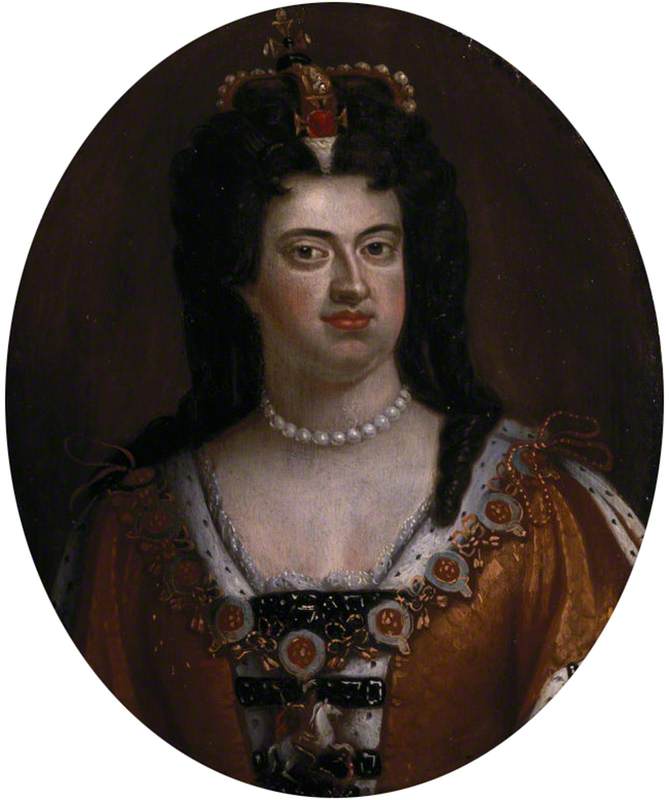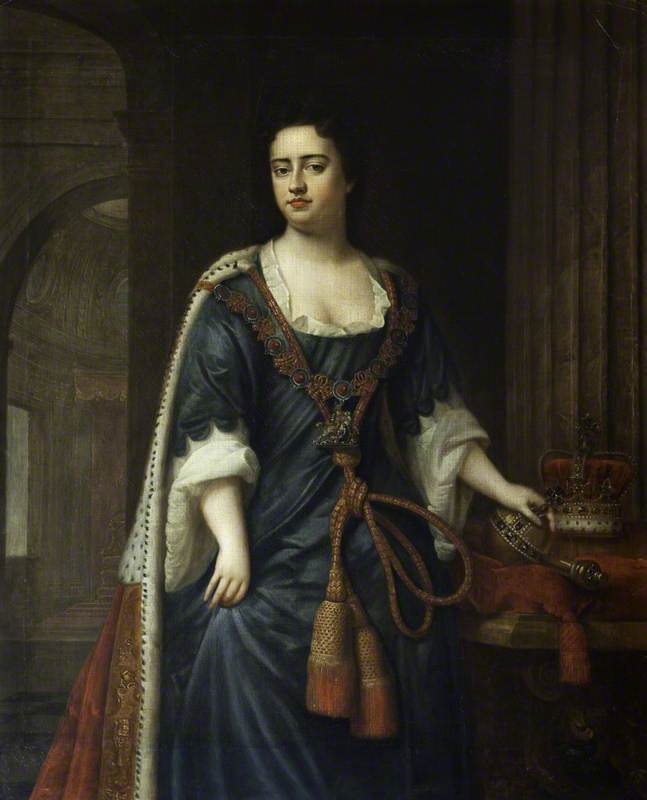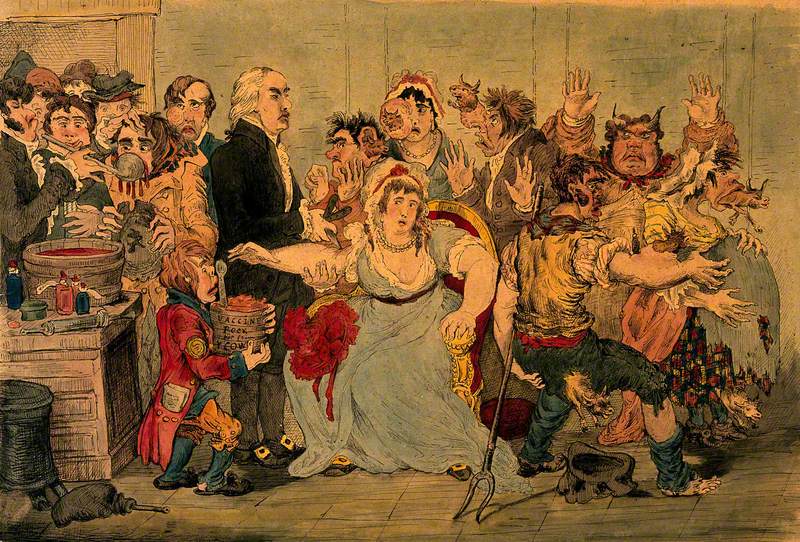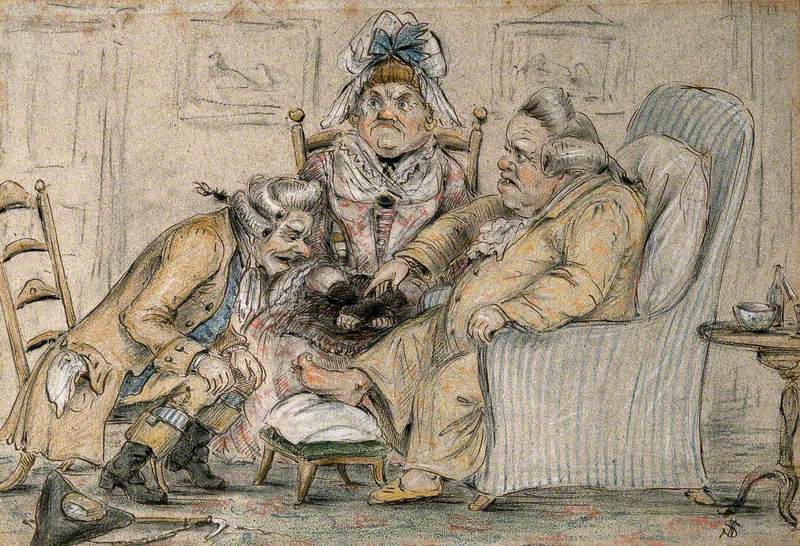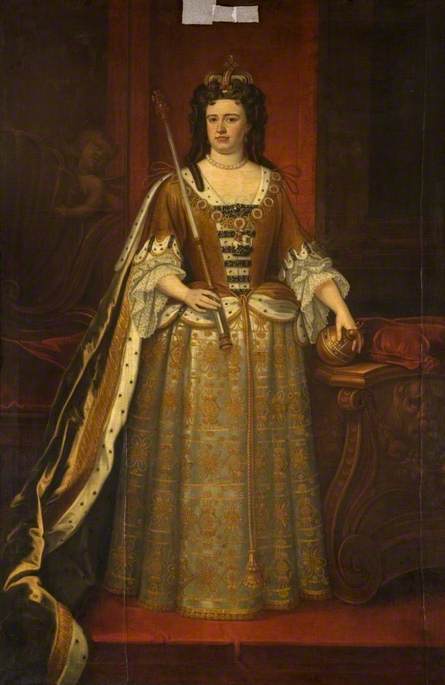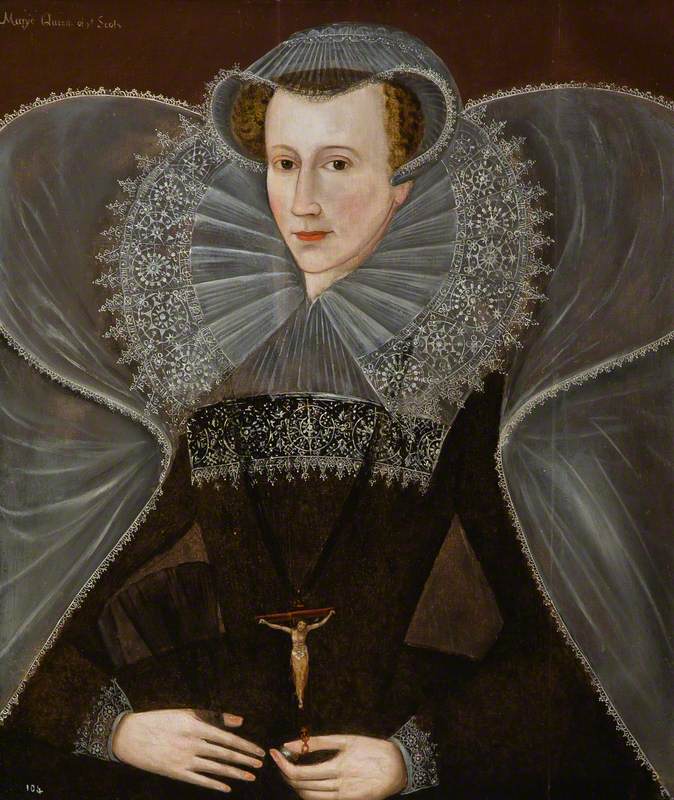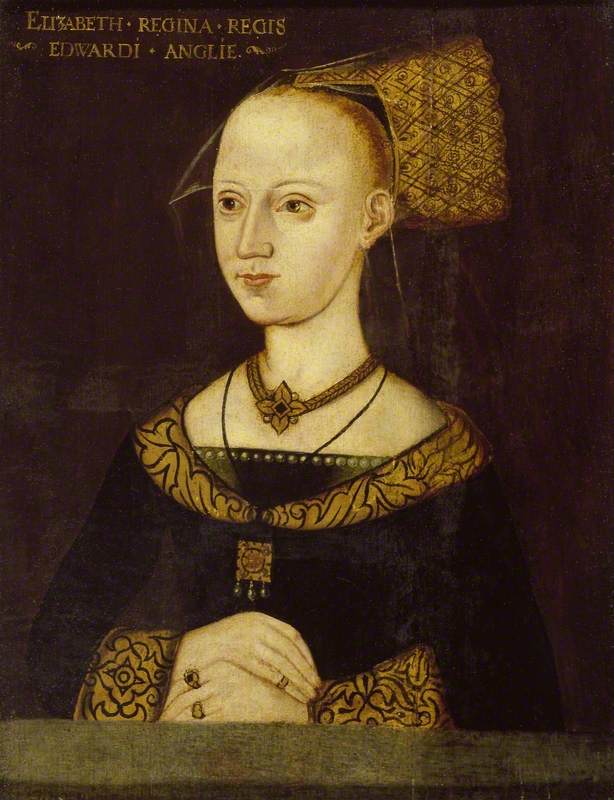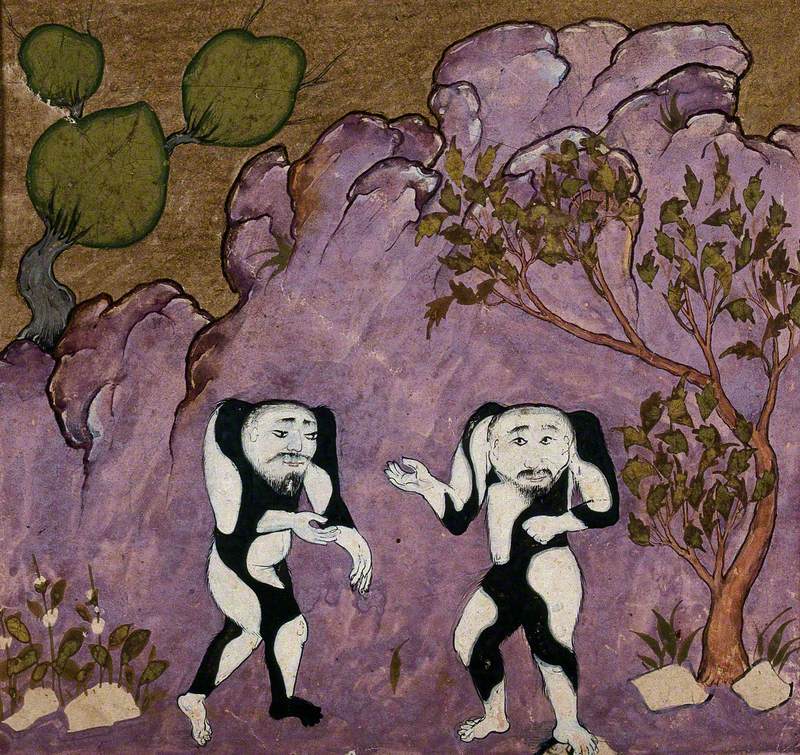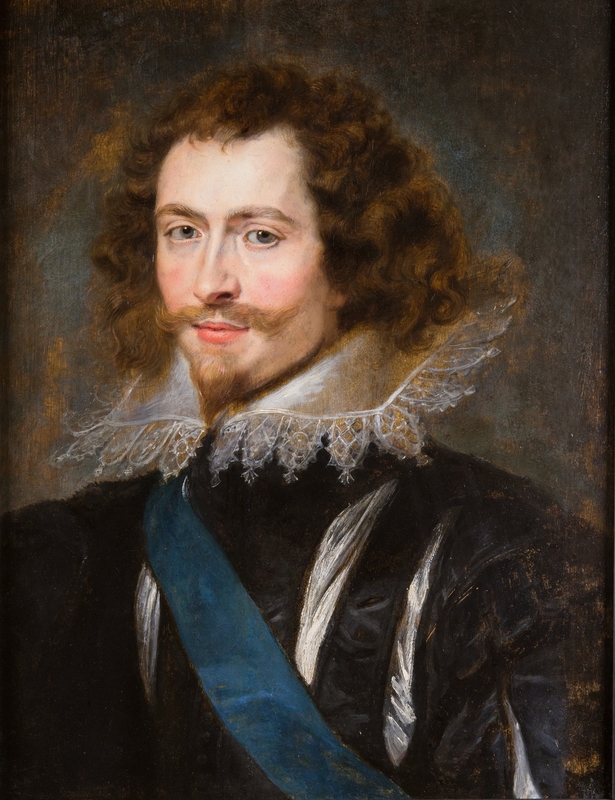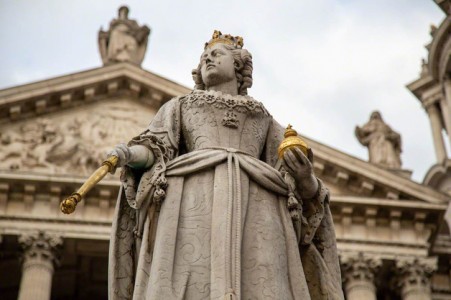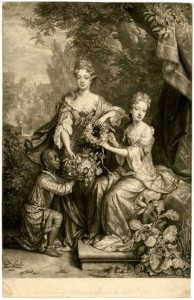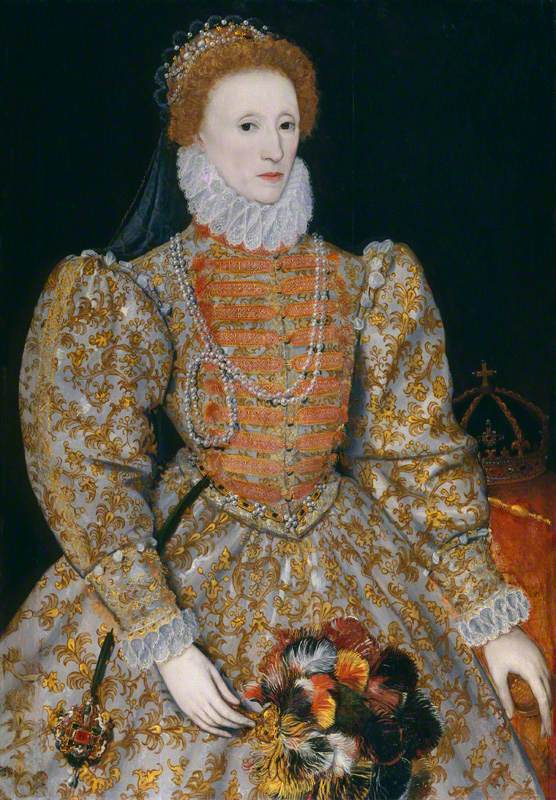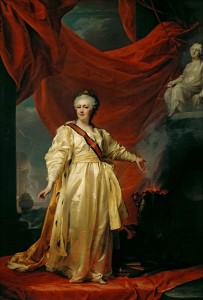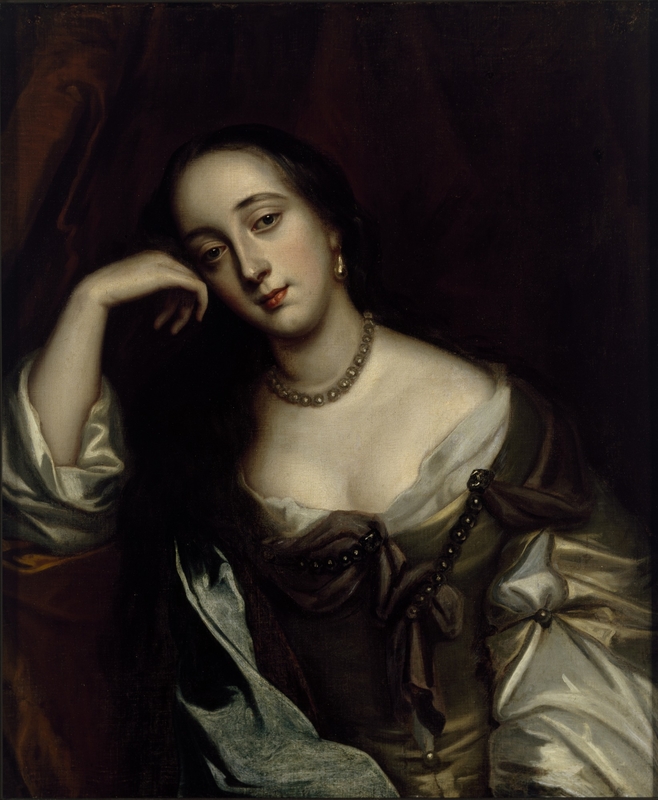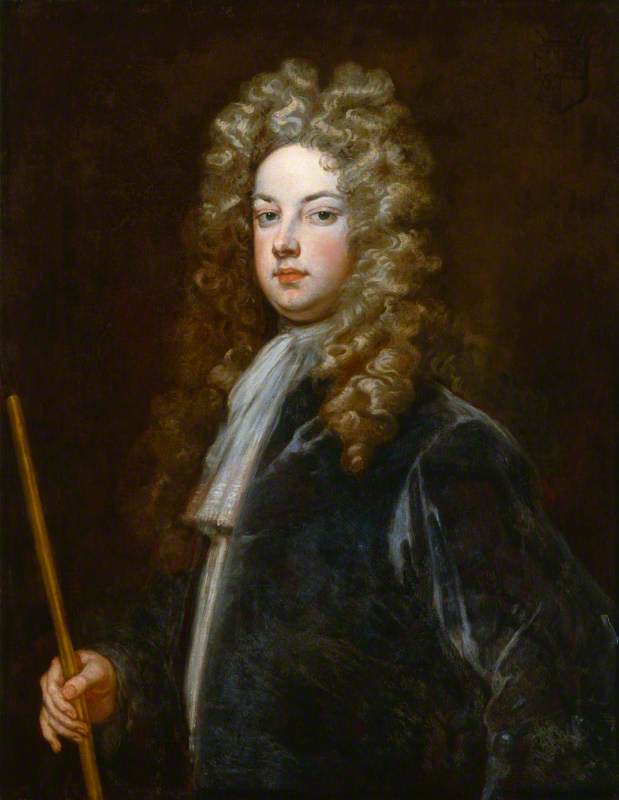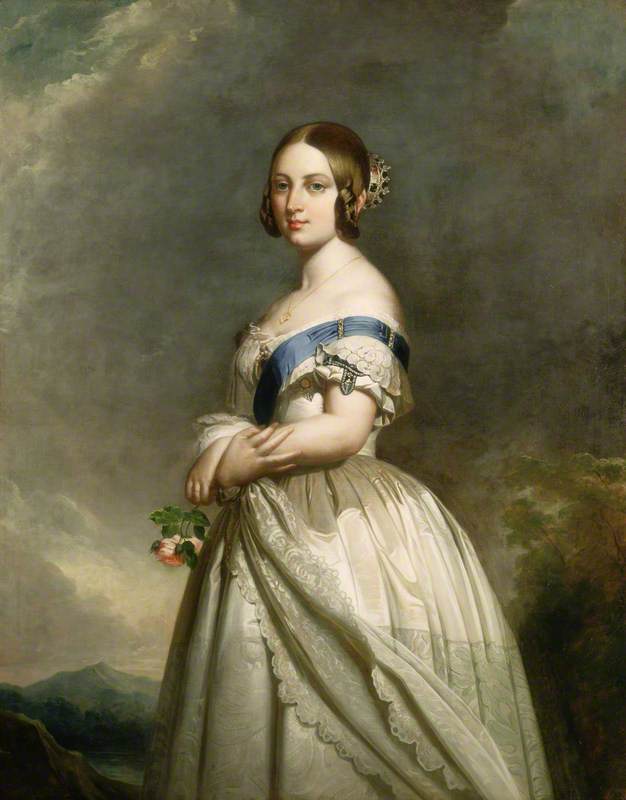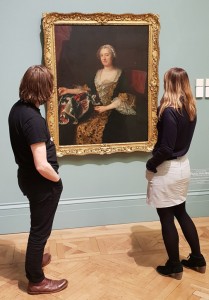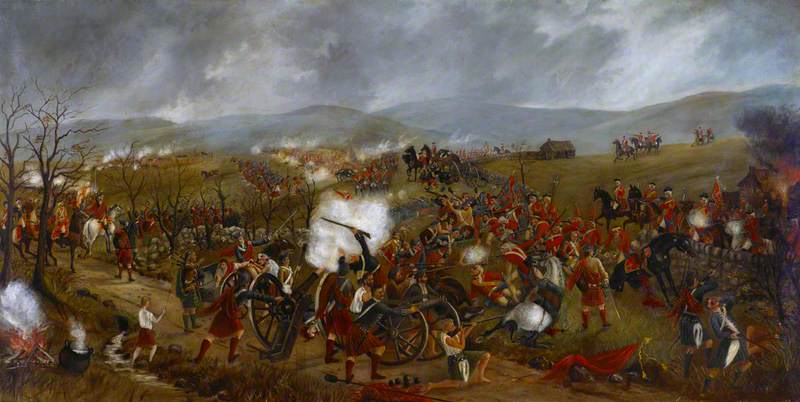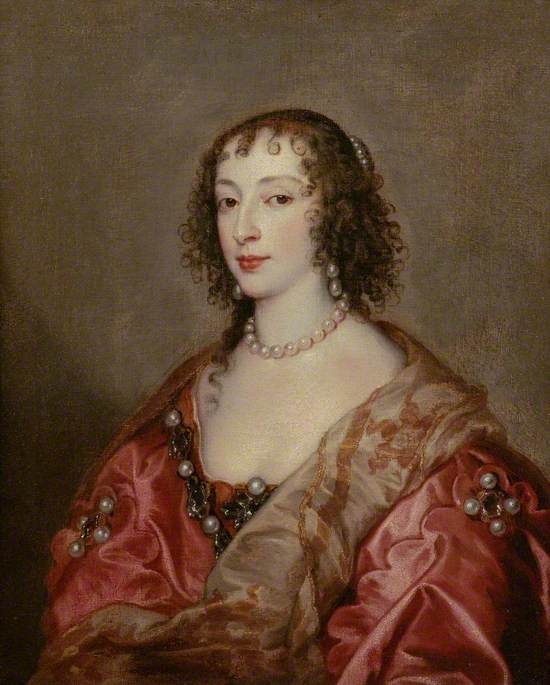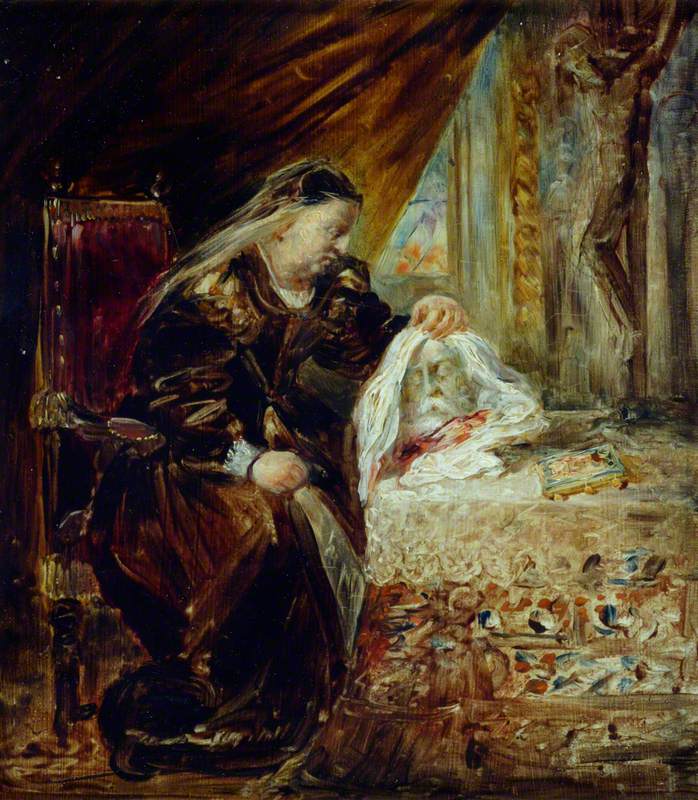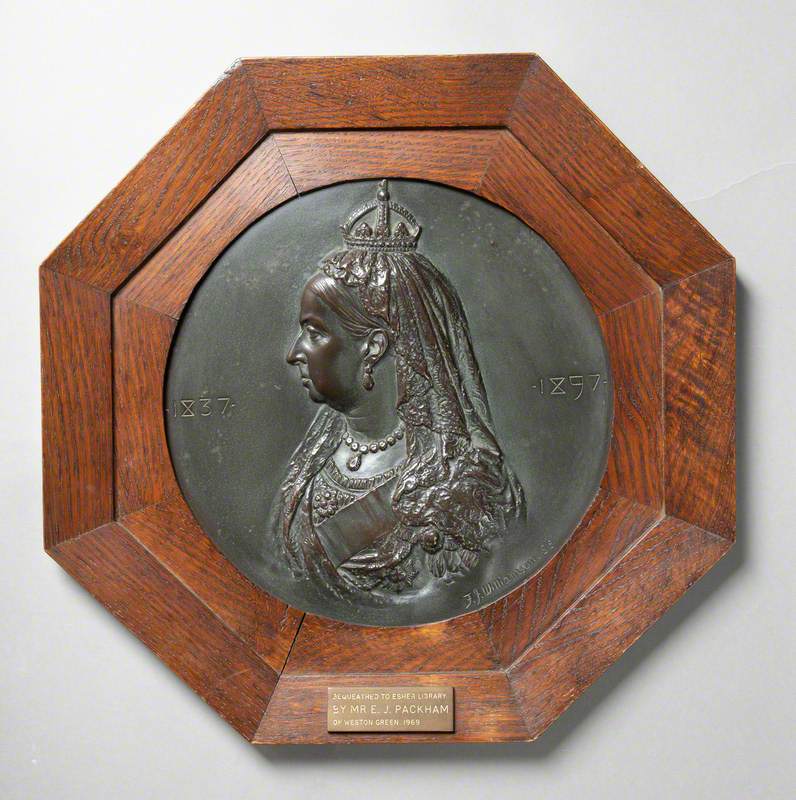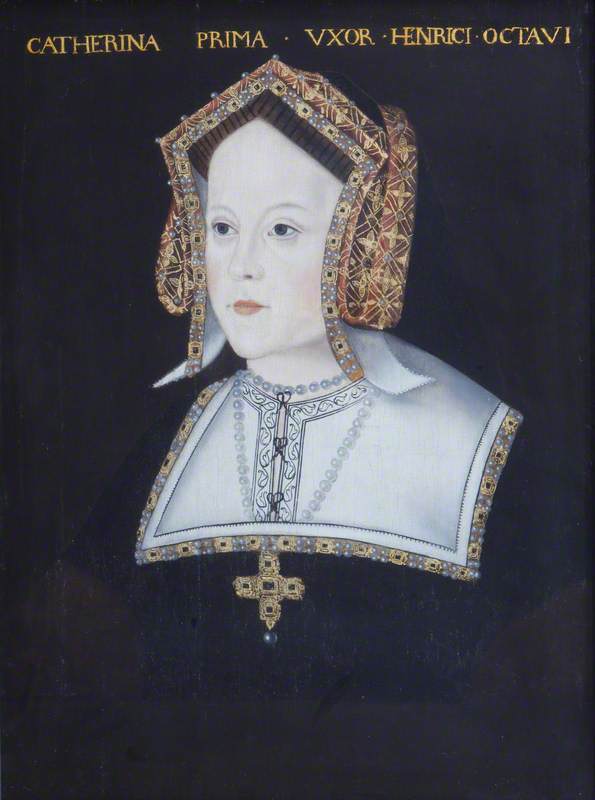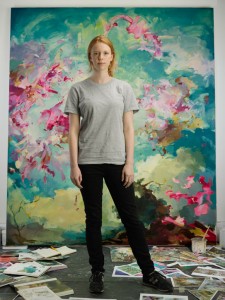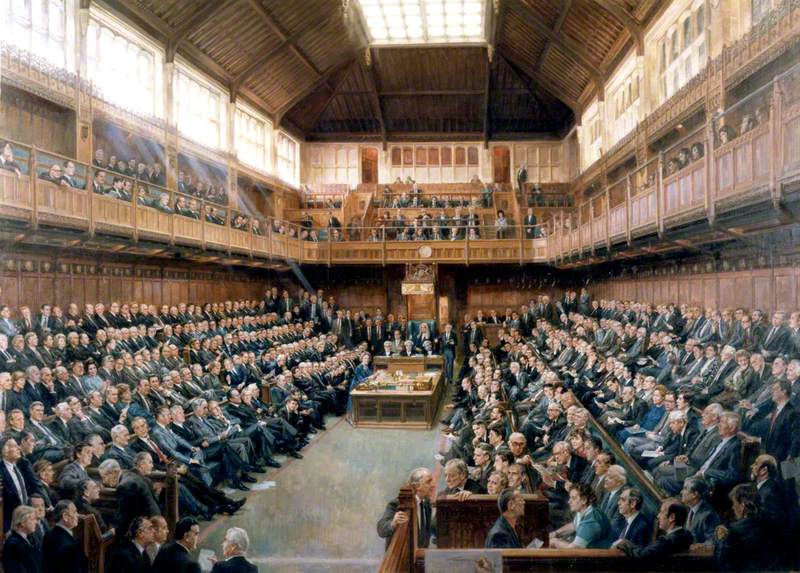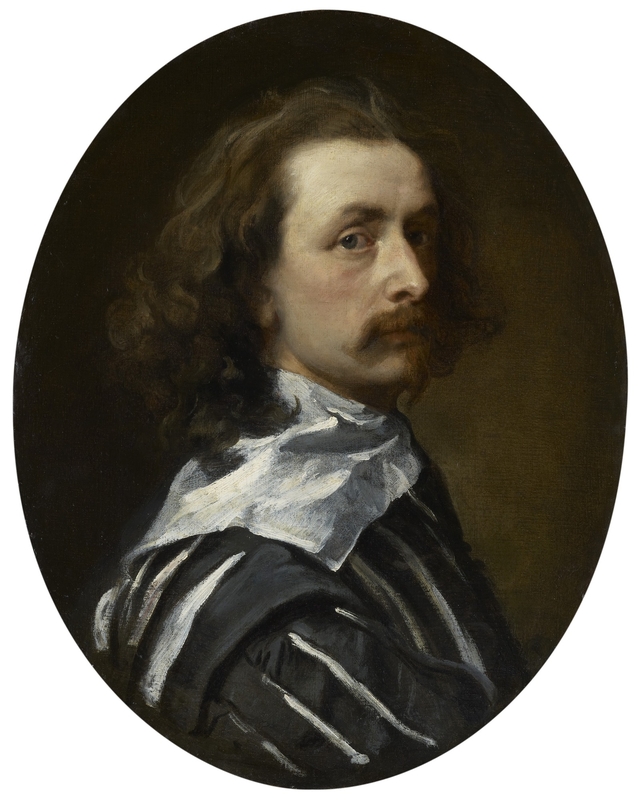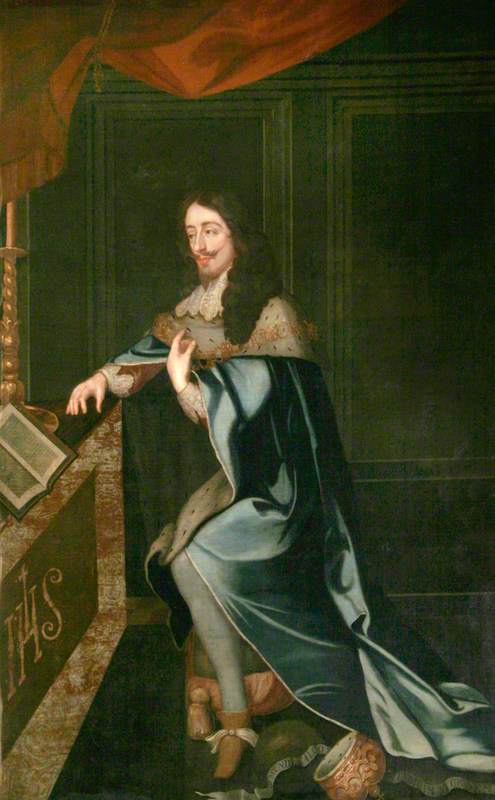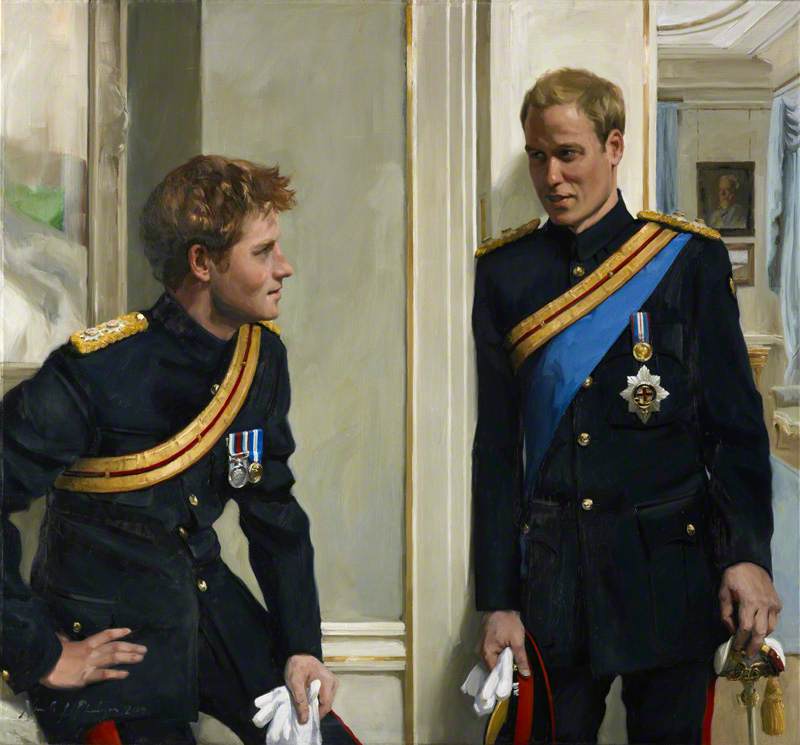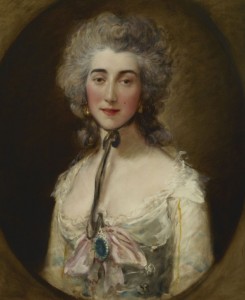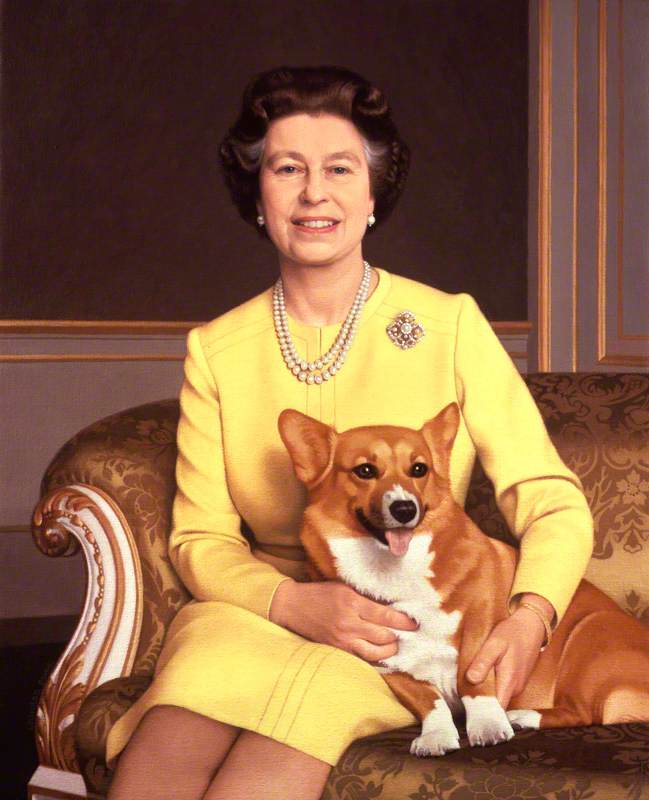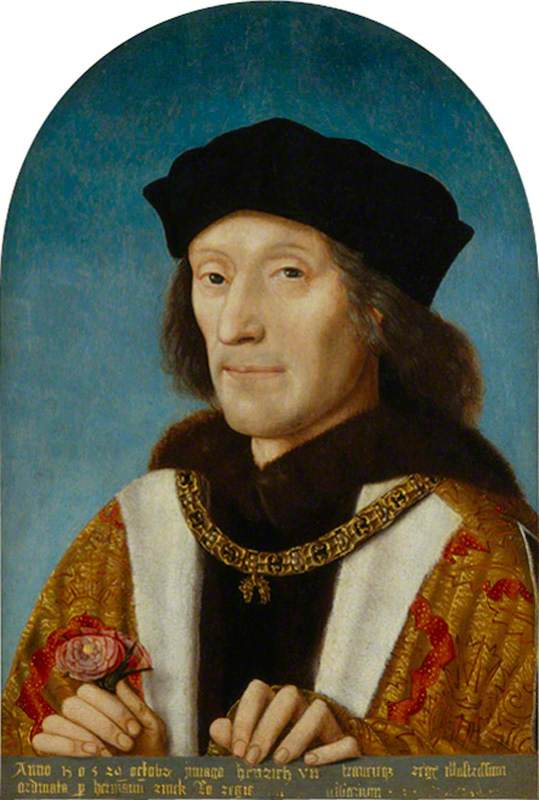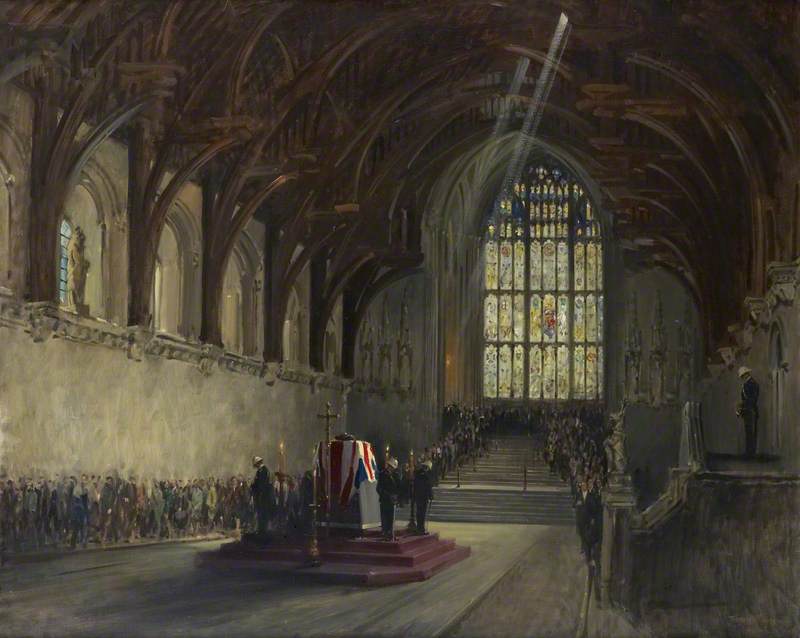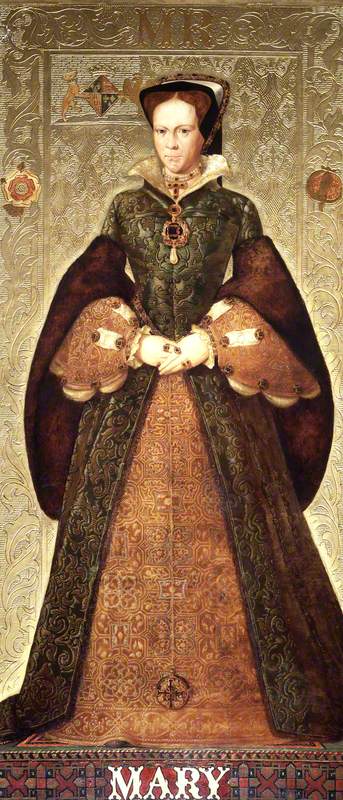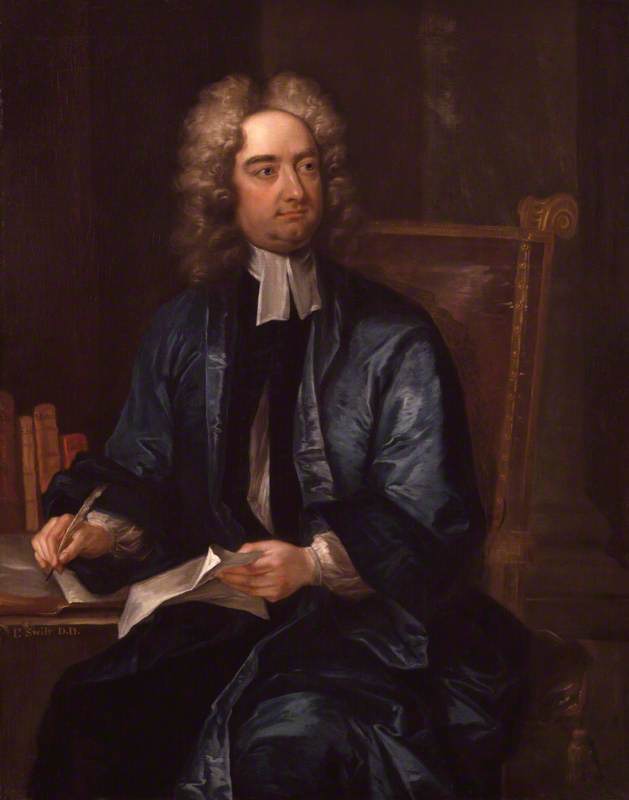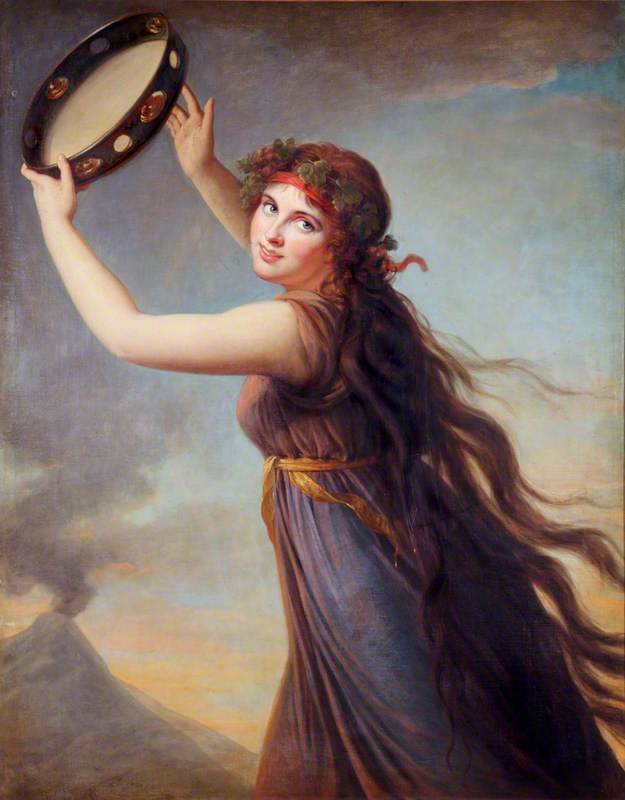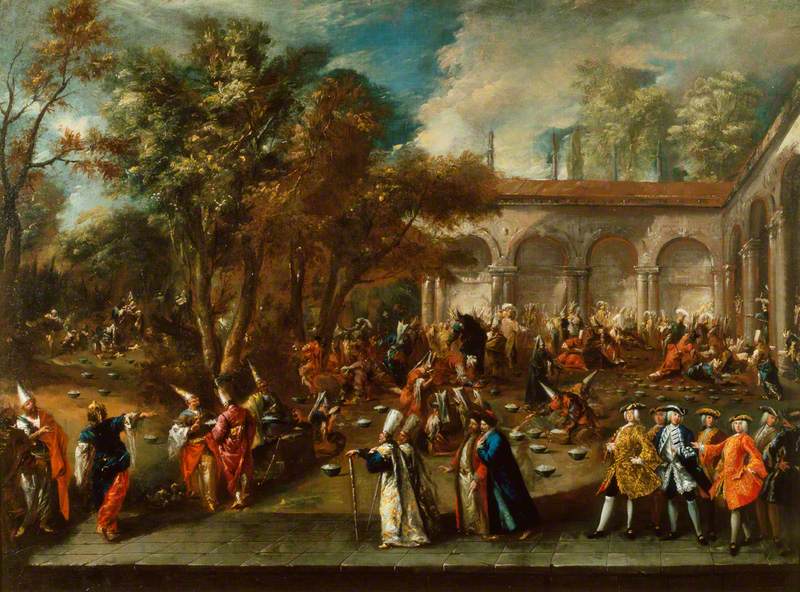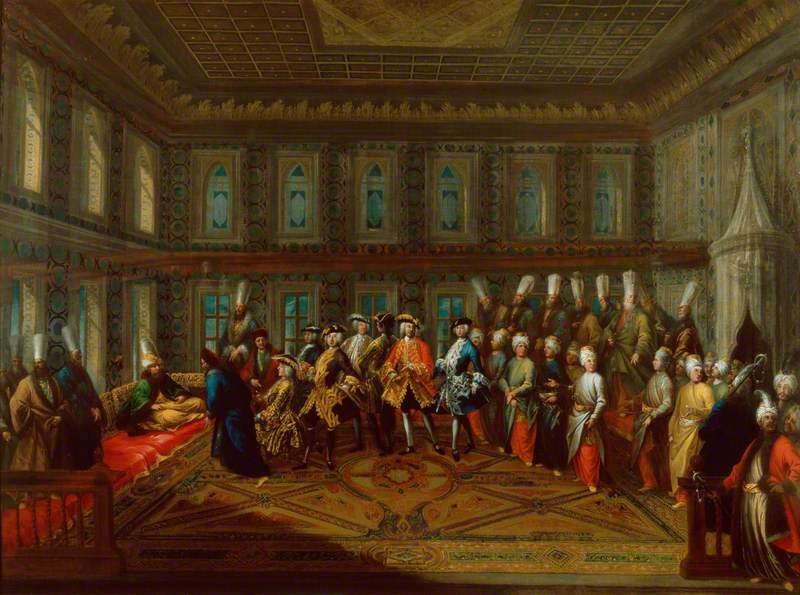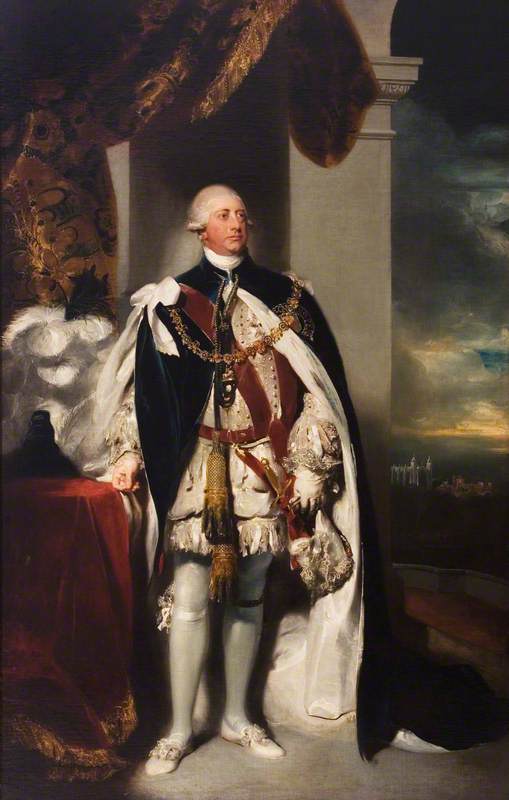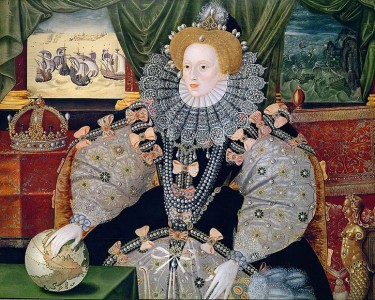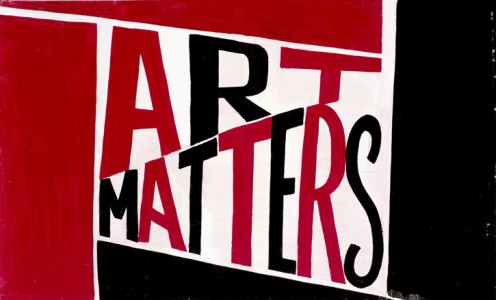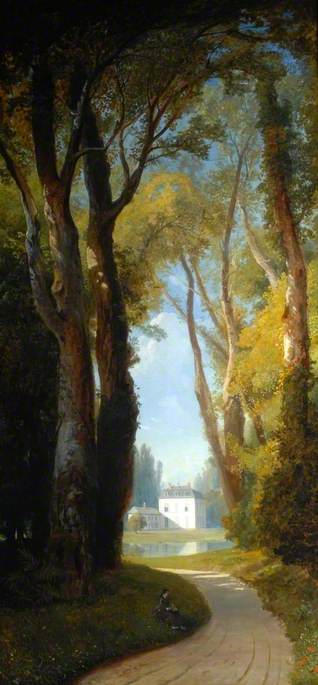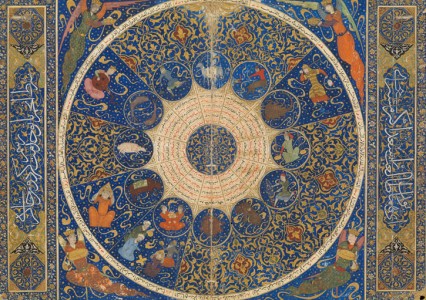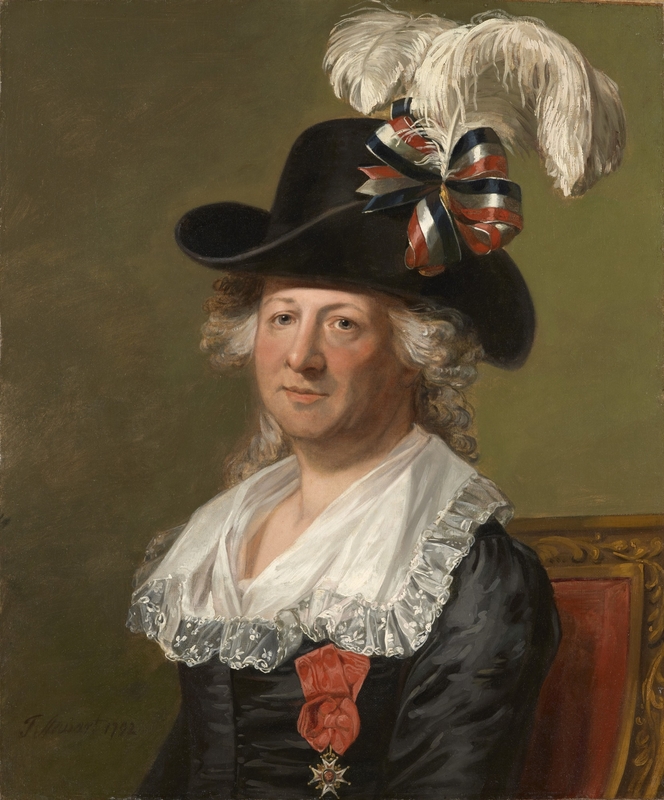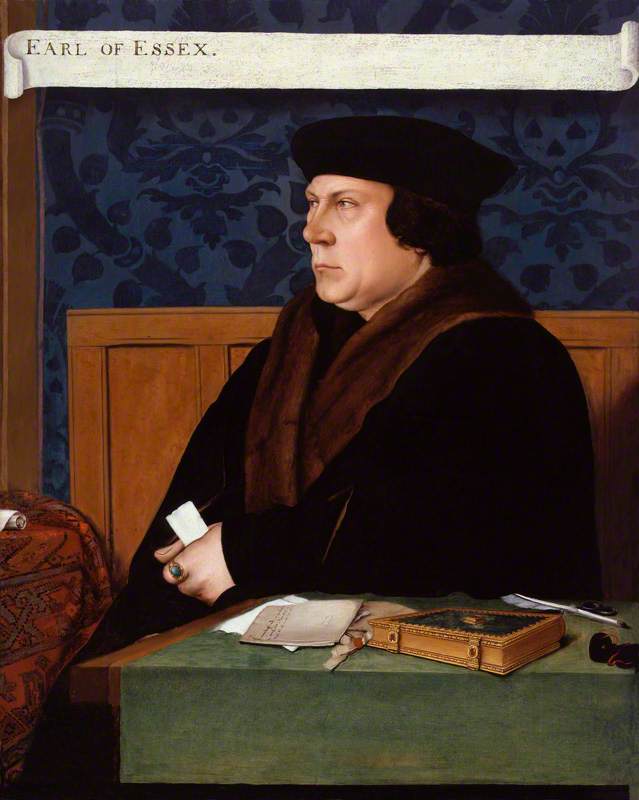Queen Anne (1665–1714)
1702–1721
Godfrey Kneller (1646–1723) (school of) 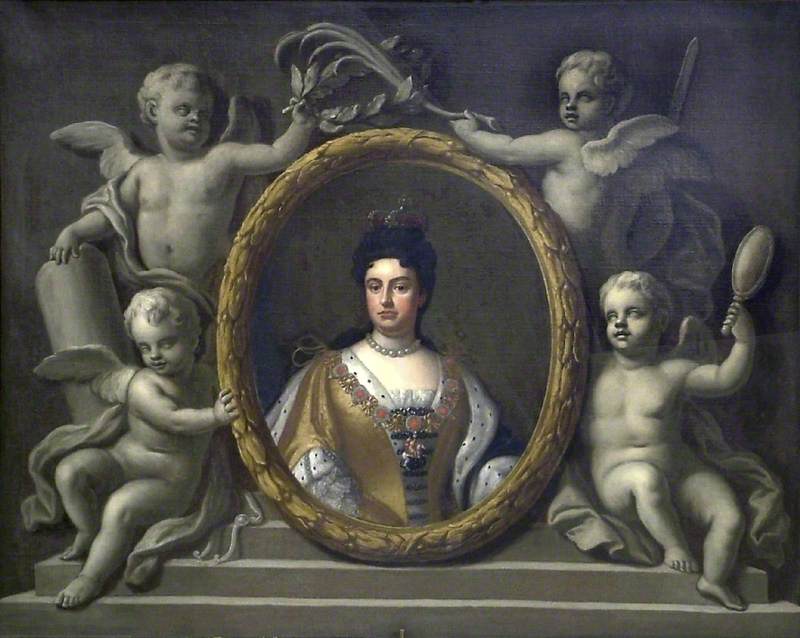
The film The Favourite, from director Yorgos Lanthimos, sees Olivia Colman play Queen Anne (1665–1714) – a performance that has won her an Oscar, a BAFTA and a Golden Globe! In this surprisingly funny historical biopic, Colman masterfully plays the isolated, volatile monarch, besieged by her courtiers and infatuated with her closest confidant – Lady Sarah Churchill, played by Rachel Weisz. In the film, the two women are portrayed as lovers, although historians have uncovered no concrete evidence (so far) that this was true. Emma Stone dazzles as the aspirational and ruthless maid, Abigail Marsham.
But how has Anne been portrayed in art? Here's an artistic exploration of the tragic life of Queen Anne, and her scheming ladies-in-waiting...
***SPOILERS AHEAD!***
The young Anne
Princess Anne (1665–1714), Later Queen Anne
1683
Godfrey Kneller (1646–1723) 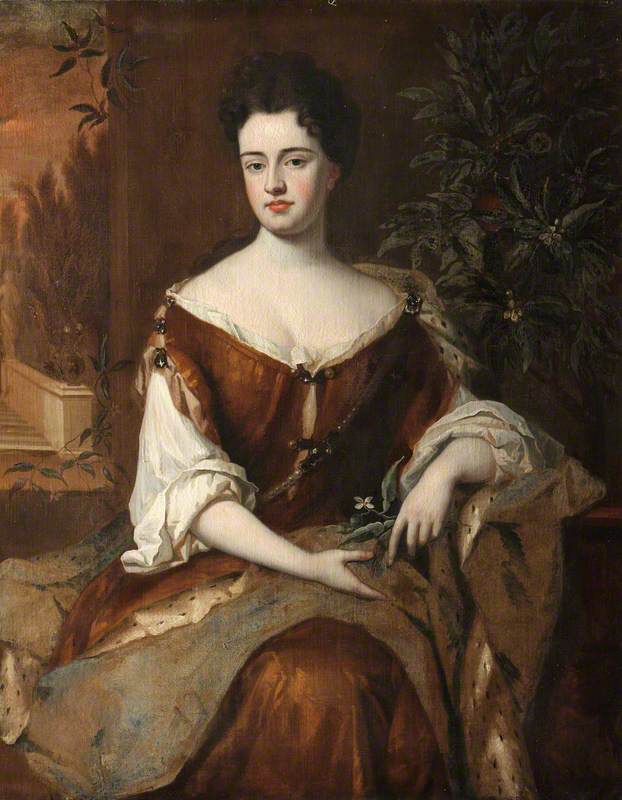
Here is an early portrait of Anne in 1683, aged 18, by court painter Godfrey Kneller (1646–1723). In the same year that this was created, Anne married Prince George of Denmark (1660–1711), the chap depicted below.
Prince George of Denmark (1653–1708)
Michael Dahl (1659–1743) (studio of) 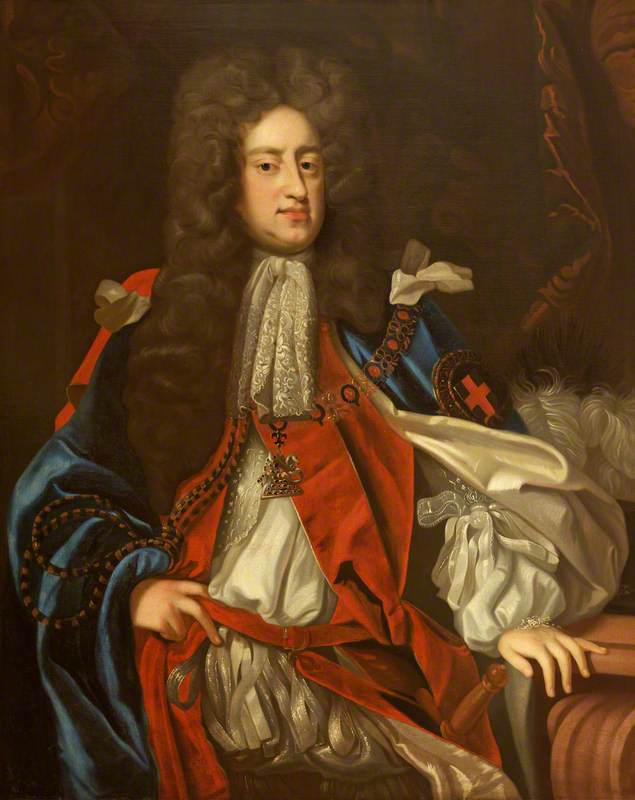
George was disliked by his brother-in-law William of Orange (1650–1702), a Protestant, who was married to Anne’s elder sister, Mary (1662–1694). William and Mary became King and Queen of England, Scotland and Ireland in 1689, the year after the event often known as The Glorious Revolution, when they had replaced Mary's Catholic father, James II (1633–1701) at the invitation of Parliament.
Queen Anne (1665–1714), as Princess of Denmark, Reigned 1702–1714
c.1685
Willem Wissing (1656–1687) and Jan van der Vaart (1647–1721/1727) 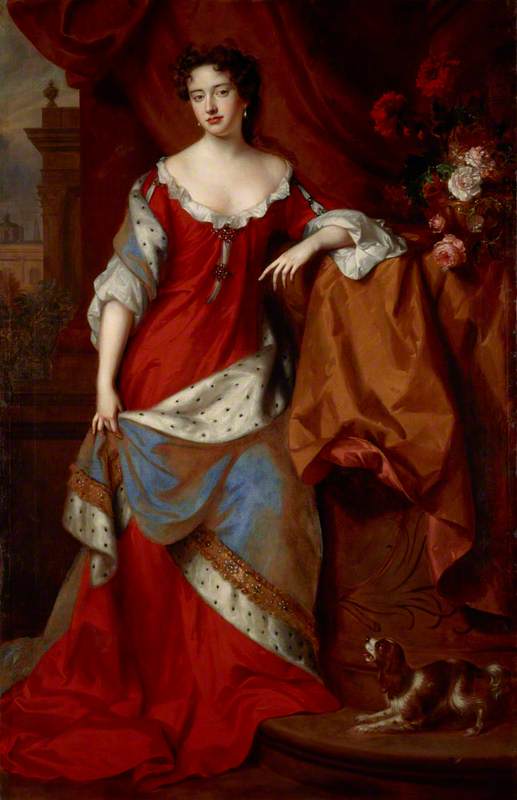
Here is, perhaps, the most flattering portrait of Queen Anne. She is seductively dressed and portrayed as a great beauty. Later in life, her portraits became somewhat less complimentary...
Apart from Godfrey Kneller, Anne’s most important court painter was Michael Dahl (1656/1659–1743), a Swedish artist who settled permanently in London.
Kneller and Dahl were rivals, fiercely competing for royal patronage.
Family and succession
Anne suffered from multiple
Queen Anne; William, Duke of Gloucester
(copy after an original of c.1694)
Godfrey Kneller (1646–1723) (copy after) 
Her only child to survive infancy was Prince William, Duke of Gloucester, who was born at Hampton Court Palace in 1689. His death at the age of 11 in 1700 precipitated a succession crisis, with Anne the only person still in line to the throne. It led ultimately to the Act of Settlement in 1701, which meant that the Protestant Hanoverians would ultimately succeed Anne on her death in 1714.
Reigning Queen
Anne was crowned Queen in March 1702, aged 37.
In total, she reigned for 12 years, until 1714, the last six as a widow, as George died in 1708. According to popular legend (and The Favourite), she was a backseat monarch, preferring to indulge in the luxuries of court life (pineapple eating, duck racing) rather than involving herself with the issues of state.
However, other historians argue Anne was an authoritative and dedicated stateswoman, as well as an exceptional public speaker. She successfully upheld her leadership in a male-dominated world.
Fallow Deer in Hyde Park, with Kensington Palace
c.1695
British (English) School and Dutch School 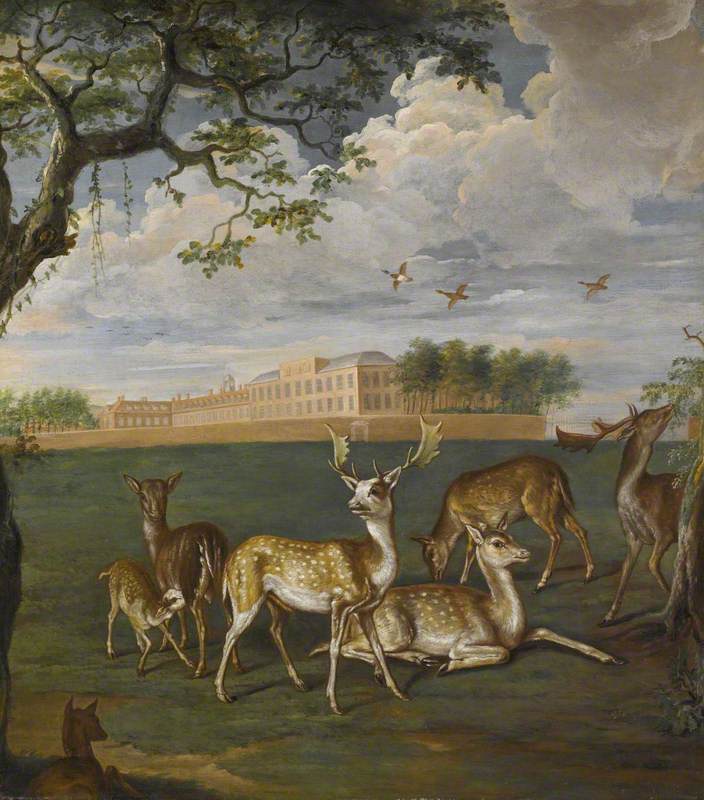
Significantly, Anne’s death marked the end of the Stuart dynasty. Her reign was also notable for the Act of Union between England and Scotland in 1707. In this later imagining, Anne can be seen with the English and Scottish commissioners at St James' Palace.
The Parliamentary Union of England and Scotland, 1707
1925–1927
Walter Thomas Monnington (1902–1976) 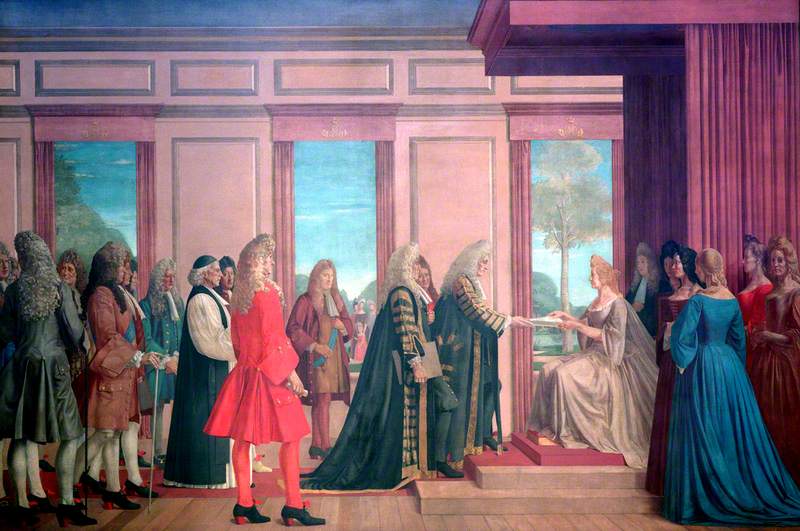
Anne resided in Kensington Palace throughout most of her life, although she also refurbished the courts at Hampton Court Palace, where The Favourite was filmed (as well as at Hatfield House). According to the film, Anne and her ladies at court were fond of hunting – shooting pigeons, ducks and deer.
Throughout her life, Anne was plagued with illness – smallpox, eye conditions, gout, and possibly a rare kind of immune disorder.
Gout is a type of inflammatory arthritis, in which the body swells due to an excess of uric acid. Sometimes known as ‘the disease of kings, it is caused by eating too many rich and fatty foods. The disease eventually spread to all of Anne’s limbs, leaving her wheelchair-bound. Her courtier, Sir John Clerk, Bt described Anne’s unfortunate state in 1706:
‘... under a fit of gout and in extreme pain and agony, and on this occasion, everything about her
If you have a morbid fascination for archaic illnesses and The Favourite's gruesome portrayal of Anne's gout, you may also enjoy this story featuring works from the Wellcome Collection.
Lady Sarah Churchill, Duchess of Malborough
Sarah Churchill, Duchess of Marlborough (1660–1744) (played, in The Favourite, by Rachel Weisz) was Anne’s closest friend and rumoured lover, something which scandalised their contemporaries. The daughter of an ‘impoverished gentry family’, she married John Churchill, 1st Duke of Marlborough, and together, the couple climbed the social ladder at court, becoming the Queen’s favourites.
Sarah Churchill, Duchess of Marlborough
(after Godfrey Kneller)
Godfrey Kneller (1646–1723) (after) 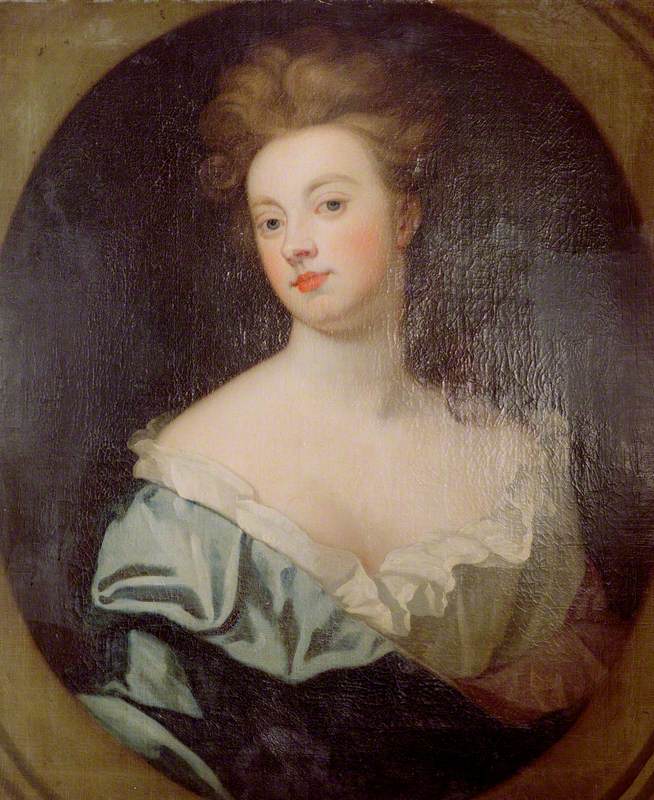
Anne was shy, lacking in confidence and dependent upon her female friends, especially Lady Sarah, who seemed to be the exact opposite in character. The principal reason why it was believed the two women were romantically involved is due to their passionate letters to one another – Anne to Lady Sarah: ‘oh come to me tomorrow as soon as you can that I may
Sarah Churchill (1660–1744), Duchess of Marlborough
Michael Dahl (1659–1743) (attributed to) 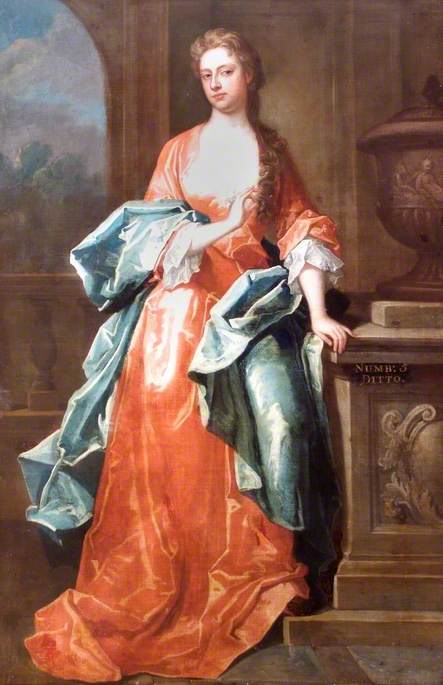
Sarah apparently spoke forcefully and honestly with the queen, which initially gained her respect. She became the queen’s advisor, overseeing the affairs of state and becoming one of the most influential women of her time. But it was eventually Sarah’s bluntness and disregard for rank which soured their relationship, after 20 years of close intimacy.
Lady Sarah and her husband were dismissed from court in 1711, with the Queen seeing Sarah for the last time in 1710. Out of resentment for her banishment, Sarah allegedly spread rumours about the Queen, including one about having lesbian affairs with her cousin, Abigail Masham (see below to find out more).
Abigail Masham, Baroness Masham
Abigail Masham (1670–1734) (played by Emma Stone) was
In contrast to Lady Sarah, Abigail had a sweeter
Unknown woman, formerly known as Abigail, Lady Masham
c.1700
unknown artist 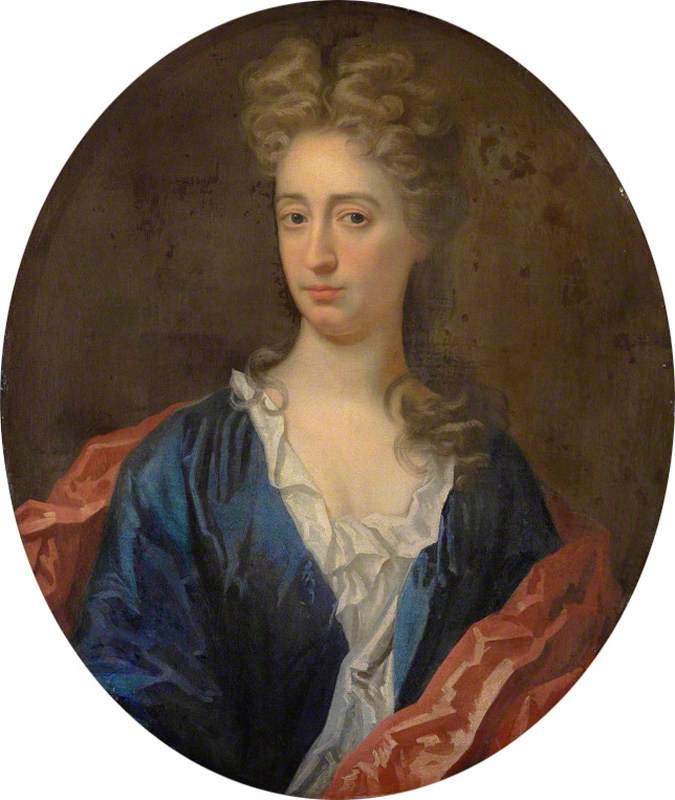
This painting from around 1700 was once thought to be Lady Abigail; the artist also remains unknown. Perhaps you can help our Art Detective team to identify the sitter and artist.
In the end, Abigail remained at court with Anne until her death on 1st August 1714, by which time she was apparently obese and completely immobile. This portrait was made of her two years before her death.
Until now, Queen Anne has often been portrayed as one of England’s less interesting, less charming monarchs. However, with the release of The Favourite, we can safely say that she has quickly become one of the most fascinating.
Lydia Figes, Content Creator at Art UK
